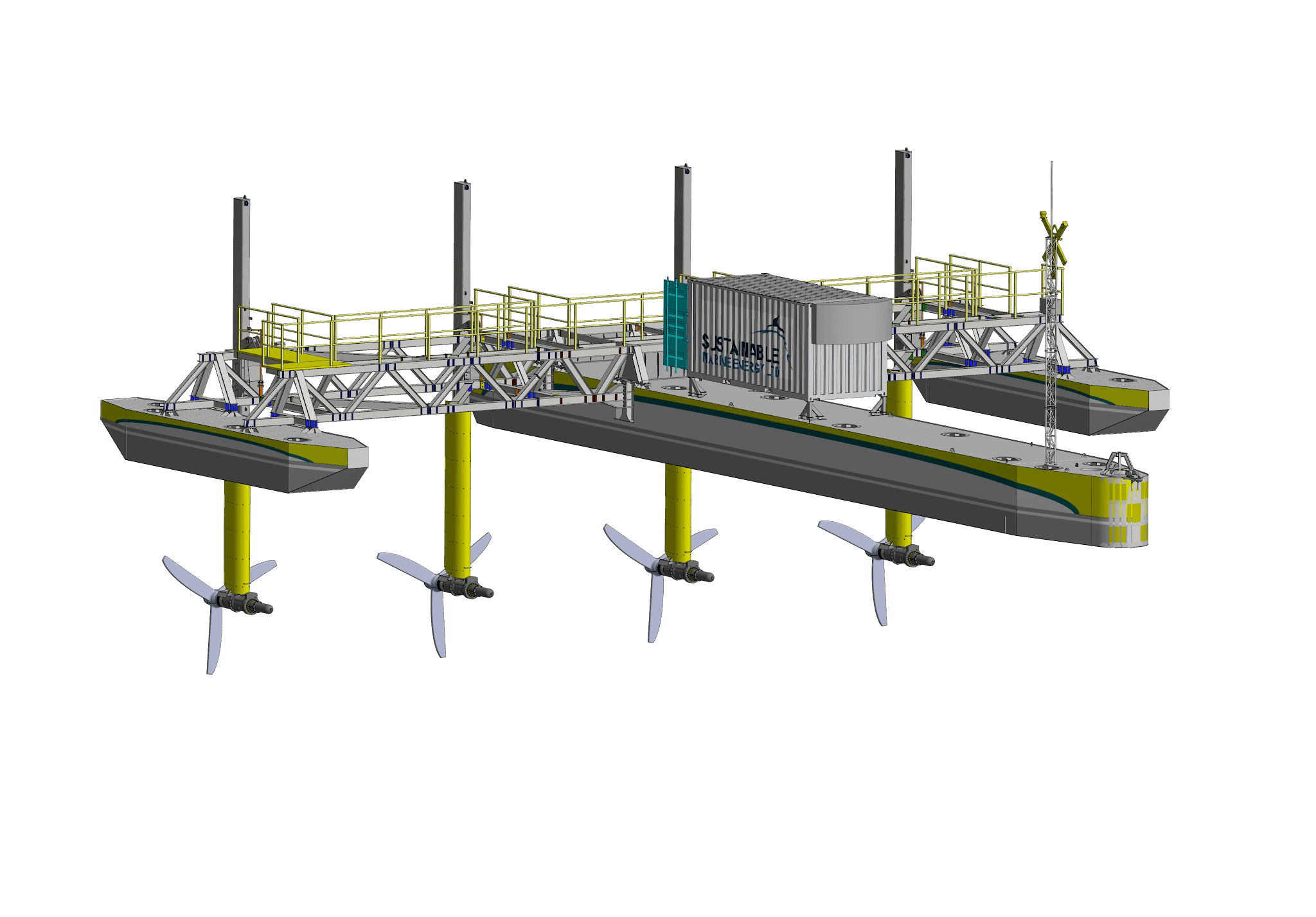Advantages & Disadvantages of Tidal Energy?
What is Tidal Energy?
Tidal energy is a form of renewable energy that is generated by harnessing the kinetic power of ocean waves. The tides are used to turn turbines which generate electricity from tidal currents.
The most common type of tidal power plant uses turbines to convert the kinetic energy from moving water into electricity.
Advantages of Tidal Energy:
- It is a renewable energy source.
- It does not require the use of fossil fuels or nuclear energy.
- It is environmentally friendly.
- It can be used in any country with a coastline and ample sunlight.
- Tidal power can be used in both rural and urban areas, so it can serve as a clean energy solution for both cities and rural communities.
- It has no carbon footprint.
- It is very reliable.
- Tidal turbines generate power around the clock, unlike wind turbines which only produce power during certain hours of the day.
- The technology is not only scalable but also modular which means it can be scaled up or down depending on demand.
Disadvantages of Tidal Energy:
- It does not provide consistent power due to the intermittency of tides.
- The disadvantages of tidal energy are the high cost.
- It takes a long construction time.
- It can only be used in areas with strong tidal currents.
- Turbines cannot be operated at low tide or in the dry season when there is no current flow.
- It’s not as efficient as other types of renewable energy such as solar and wind.
- Tidal lagoons may be susceptible to large-scale changes like storm surges and changing weather patterns, which can damage or destroy the plants and equipment.



